Stalking Wild Edibles
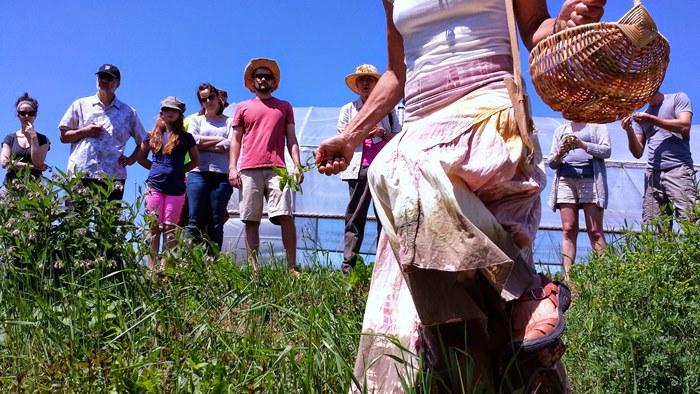
Finding the hidden value in everyday plants
Text and photos by Tony Moore
On the last day of May, about 25 Dickinson and Carlisle community members gathered at the Dickinson College Farm for Stalking Wild Edibles, the most recent monthly outing in the farm’s Sustainability School series.
Held in conjunction with the Pennsylvania Association for Sustainable Agriculture (PASA), the events feature workshops that highlight topics that relate to food: its production, enjoyment, appreciation.

The edible purple flowers of the comfrey plant also can be put in tea, oils and salves to aid in bone and joint health and to help heal bruising.
Under perfect skies, attendees gathered and fell silent for a nature-based opening meditation led by Dawn Toutkaldjian, local herbalist, pediatric occupational therapist, yoga instructor, body/energy work practitioner and, of course, forager.
“I am a plant enthusiast,” said Toutkaldjian, “and I've been picking violets with my grandmother since I was little and started gardening with my mom when I was three.”
Sunhats were handed out, and then the group, comprising everyone from preteens to a centenarian, headed off on a two-hour foraging mission during which Toutkaldjian explained how to identify medicinal and nourishing plants that often are mistaken for mere weeds.
The group uncovered a wide array of edibles—everything from Echinacea, elecampane and lemon balm to tansy, St. John’s wort and yarrow. And Toutkaldjian ran down their often overlooked traits, from using wild onion to boost the immune system to adding chickweed to a salad both for taste and its anti-inflammatory properties.
For more on some of the other plants explored, check out the photos below.
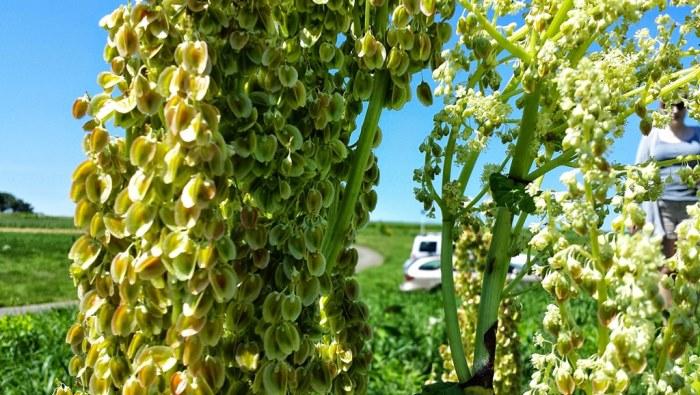
Everyone knows rhubarb pie, but the stalks of the plant, whose seeds and flowers are seen here, also can come in handy for their laxative properties, used in traditional Chinese medicine for centuries.
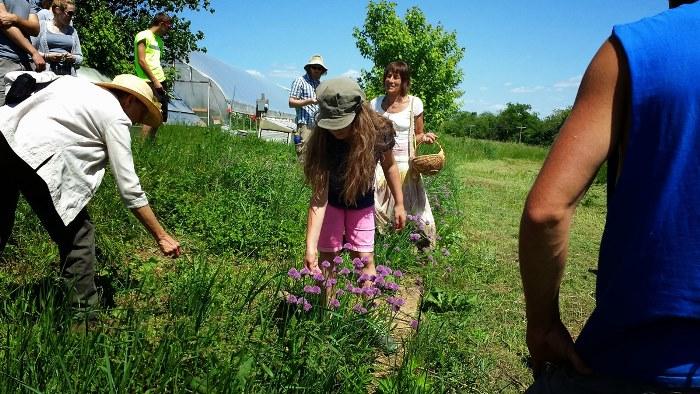
Red clover is not easily digestible, so while it's edible, you don’t want to eat a lot of it. It adds great flavor to tea (and it’s everywhere).

The root of the marshmallow plant has been used since the days of ancient Egypt to make a sweet treat, which evolved into the marshmallows we know today. The root has been used to treat sore throats; the flowers and leaves are edible and can be added to salads.
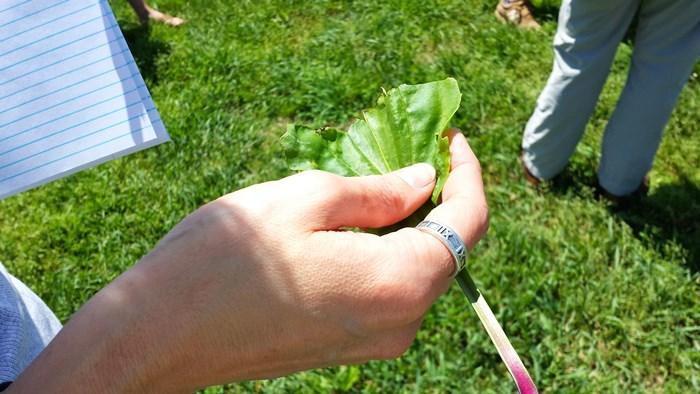
Called “nature’s Band-Aid,” the broadleaf plantain can be rubbed on a bee sting or irritation from poison ivy or stinging nettle for natural relief.
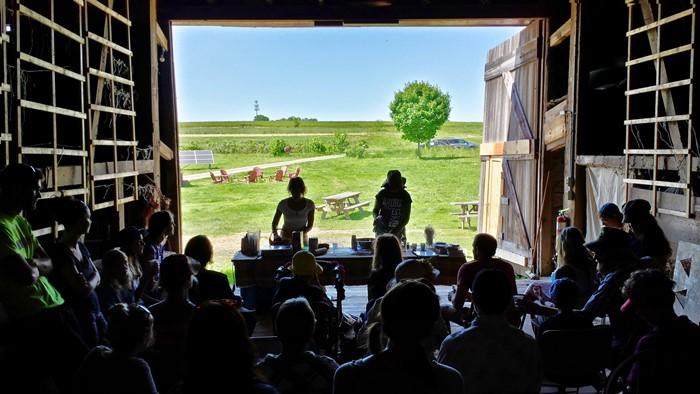
At the close of the event, Toutkaldjian led the group into the barn for smoothie recipes and samples.
Learn more
- Sustainability School calendar of events
- Dickinson College Farm
- Sustainability at Dickinson
- The college farm's blog
Published June 3, 2014